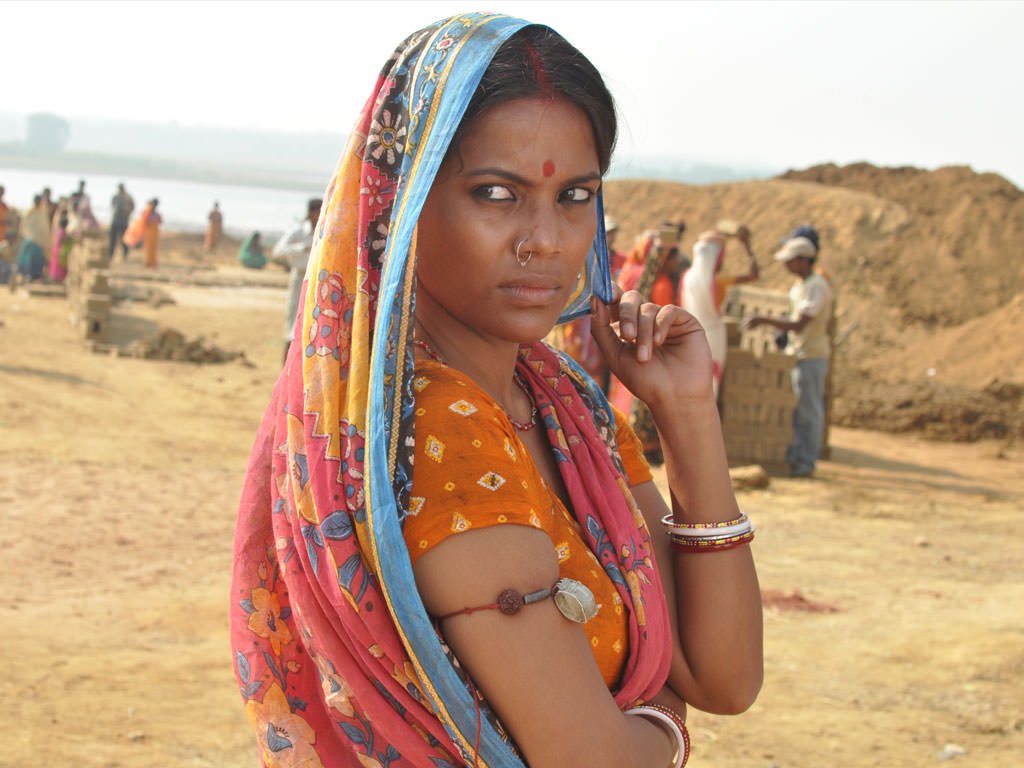Breast Stories is a collection of three stories authored by Mahasweta Devi, a feminist writer and activist. She is a Bengali leftist intellectual, whose writing is devoted to the struggles of tribal communities.
Book: Breast Stories
Author: Mahasweta Devi
Publisher: Seagull Books, 1997
Genre: Fiction
A review of Devi’s work is futile unless one first gains an understanding of her ideology. A snippet from an interview with her publisher gives a precious glimpse into her psyche, in which she declared with brutal honesty –
I often say that my world is divided between two things- the needful and the needless. I am interested only in the former. I don’t have much use for the needless.
Mahasweta Devi’s work uniquely stands out in the sea of popular fiction of this day. Her writing has little to do with the petty everyday idiosyncrasies of the privileged; she shuns the needless or the unnecessary. In her matter-of-fact no-rhetoric writing one sees no romanticism in the plight of women who are most directly and drastically affected by the patriarchy. Her characters are from the bottom of the socio-economic class; they are real, multi-dimensional, and well-formed. To Mahasweta Devi, they are the needful.
Although it was originally written in Bengali, Breast Stories was translated into English by feminist critic Gayatri Chakravorty Spivak in 1997. The three stories are titled: Draupadi, Behind the Bodice, and Breast Giver. They have one connecting thread – the breast, a metaphor for the exploitation of women from marginalized communities.
1. Draupadi
The backdrop of this story is the 1971 war between Pakistan and Bangladesh in which thousands of women were victims of genocidal rape. The Pakistani millitary killed thousands of Bengali civilians, students, intelligentsia, religious minorities, and armed personnel. Draupadi is a tribal woman who is captured by Senanayak, a Third World Army officer who is also a First World scholar. The army brutally rapes her under his orders. Ironically, the rapists later tell her to cover herself up, but Draupadi defies them and remains publicly naked. Senanayak is befuddled as she strips her clothes and confronts him with her gaping wounds. After it becomes clear that they cannot succeed in breaking her psychologically through their weapon of rape, she brazenly declares
There isn’t a man here that I should be ashamed… What more can you do?
As Spivak suggests in an essay preceding the story, Draupadi can be interpreted as a story that rewrites an episode of the Mahabharata, where Draupadi’s eldest husband “gambles” her away. As the enemy chief pulls and pulls at her sari, there is more and more of it. She cannot be stripped, thanks to the divine intervention of Krishna.
In Devi’s story, it is not male leadership but Draupadi’s strength and courage to challenge the patriarchy that bring resolution to the story. Devi understood the essence of rape culture, long before the term became famous in feminist jargon.
2. Behind the Bodice
At the center of Behind the Bodice, are Gangor – a migrant labourer, and Upin – a well-to-do photographer, who makes Gangor’s breasts an object of his photography. The story spins around Upin’s senseless obsession with Gangor’s breasts. He compares them with his wife Shital’s silicone implants, which are unnatural and devoid of any interest to him. Despite himself, he unravels a series of events which lead to Gangor’s downfall, and eventually his own. Behind the Bodice was adapted into a movie by director Italo Spinelli, starring Priyanka Bose and Adil Hussain.
3. Breast-Giver
The protagonist, Jashoda, is a marginalized Brahmin woman. After her husband loses both his feet, she is forced to work as a wet-nurse for the wealthy Haldar family. While she is useful, she is deified and revered by the patriarchal society. She is given names like Mother, and Milk-Mother. After she reaches middle age and is no longer useful, she is rejected by the two families, and forgotten by society.
This story is different from Draupadi in that Mahasweta focuses not so much on the resistance of the oppressed as on the dynamics of oppression itself. A quote by Mahasweta Devi not only sums up this story but the entire book,
Such is the power of the Indian soil that all women turn into mothers here and all men remain immersed in the spirit of holy childhood.
Devoid of wishful thinking, these powerful stories draw attention to the systemic oppression that numerous women face today in the Third World. Rape has been used as a weapon of war in Columbia, Iraq, Sudan, Nepal, and Afghanistan. Women are constantly harassed on the streets, be it in the metropolitan city of Delhi or underdeveloped villages. Our bodies are policed and objectified not only by monsters but also by well-intentioned men. This book is a reminder of these bitter truths and many more lest we should forget.
Breast Stories is a refreshing book for those who want to dive into Indian feminist fiction, especially for people like us who have the privilege of sitting in front of our computers and reading this review. Readers who know Bengali have the advantage of enjoying this book in its unadulterated form. Those who do not know Bengali need not despair as Spivak has made a decent shot at translation, with detailed introductions before each story which might irk some, but are helpful nonetheless.
About the author(s)
Nalini sharma is a fresher in the ever-expanding school of feminism. In her spare time, she can be found writing cheesy poetry and watching funny YouTube videos.





Very inspiring .